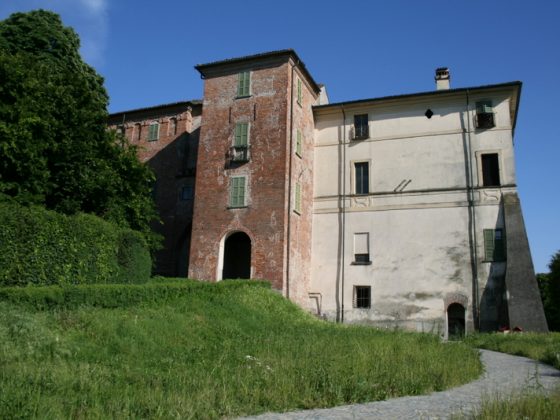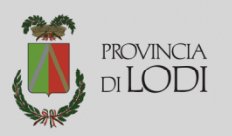39. Somaglia Castle
39. Somaglia Castle
- Address: Somaglia
The Castle is located on the site of a probable previous fort (perhaps dating back to 1116) where the Emperor Federico Barbaross held his Diets when he came to Italy: the current building was started in 1371 by Barnabò Visconti, lord of Milan, and in 1451 became a fief of the Cavazzi, a family with Spanish origins at the service of the Sforzas.
In the Seventeenth century, Ludovico Vistarini ordered the building of fortification walls around the Castle.
The castle remained the property of the Cavazzi family until 1980, when the last Countess, Guendalina, left it in her will to the Municipality of Somaglia.
The fourteenth century part built by Barnabò Visconti is recognisable because it was constructed in exposed brick and preserves flat-topped merlons at the top with ogival apertures now closed and incorporated in the walls. The plastered part constitutes the Seventeenth century modification commissioned by the counts and barons of the Cavazzi family, following the fashion of the time, which transformed buildings of the medieval period into villa-palazzos. The two structures are joined by a rectangular tower slightly taller than the other parts of the building, characterised by apertures at each level. The tower has lost its defensive look typical of those architectural elements and is currently used as the main entrance.
There is a small courtyard inside over which a “serliana” style portico opens and a small portico with a single column giving access to the impressive stairway once decorated with paintings depicting portraits of the nobility from the Cavazzi family and Barnabò Visconti.
During the second world war the castle was used as a home for the homeless and towards the middle of the Seventies it was completely abandoned.
In 1980 the last countess and baroness Guendalina Cavazzi della Somaglia donated it to the Municipality which with considerable economic efforts and patient restoration works returned it to the population and today it hosts cultural institutions and events.

The Castle is located on the site of a probable previous fort (perhaps dating back to 1116) where the Emperor Federico Barbaross held his Diets when he came to Italy: the current building was started in 1371 by Barnabò Visconti, lord of Milan, and in 1451 became a fief of the Cavazzi, a family with Spanish origins at the service of the Sforzas.
In the Seventeenth century, Ludovico Vistarini ordered the building of fortification walls around the Castle.
The castle remained the property of the Cavazzi family until 1980, when the last Countess, Guendalina, left it in her will to the Municipality of Somaglia.
The fourteenth century part built by Barnabò Visconti is recognisable because it was constructed in exposed brick and preserves flat-topped merlons at the top with ogival apertures now closed and incorporated in the walls. The plastered part constitutes the Seventeenth century modification commissioned by the counts and barons of the Cavazzi family, following the fashion of the time, which transformed buildings of the medieval period into villa-palazzos. The two structures are joined by a rectangular tower slightly taller than the other parts of the building, characterised by apertures at each level. The tower has lost its defensive look typical of those architectural elements and is currently used as the main entrance.
There is a small courtyard inside over which a “serliana” style portico opens and a small portico with a single column giving access to the impressive stairway once decorated with paintings depicting portraits of the nobility from the Cavazzi family and Barnabò Visconti.
During the second world war the castle was used as a home for the homeless and towards the middle of the Seventies it was completely abandoned.
In 1980 the last countess and baroness Guendalina Cavazzi della Somaglia donated it to the Municipality which with considerable economic efforts and patient restoration works returned it to the population and today it hosts cultural institutions and events.


